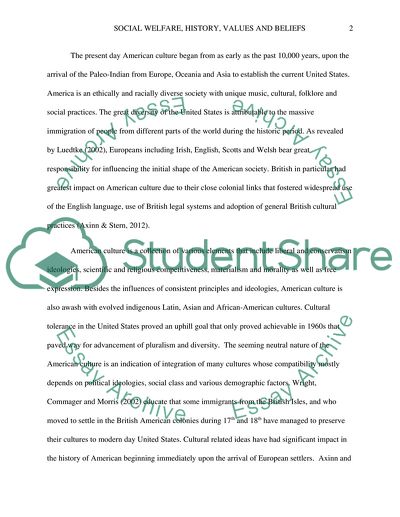Cite this document
(“Social Welfare, History, Values and Beliefs Essay”, n.d.)
Retrieved from https://studentshare.org/social-science/1670172-social-welfare-history-values-and-beliefs
Retrieved from https://studentshare.org/social-science/1670172-social-welfare-history-values-and-beliefs
(Social Welfare, History, Values and Beliefs Essay)
https://studentshare.org/social-science/1670172-social-welfare-history-values-and-beliefs.
https://studentshare.org/social-science/1670172-social-welfare-history-values-and-beliefs.
“Social Welfare, History, Values and Beliefs Essay”, n.d. https://studentshare.org/social-science/1670172-social-welfare-history-values-and-beliefs.


